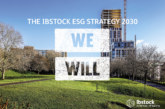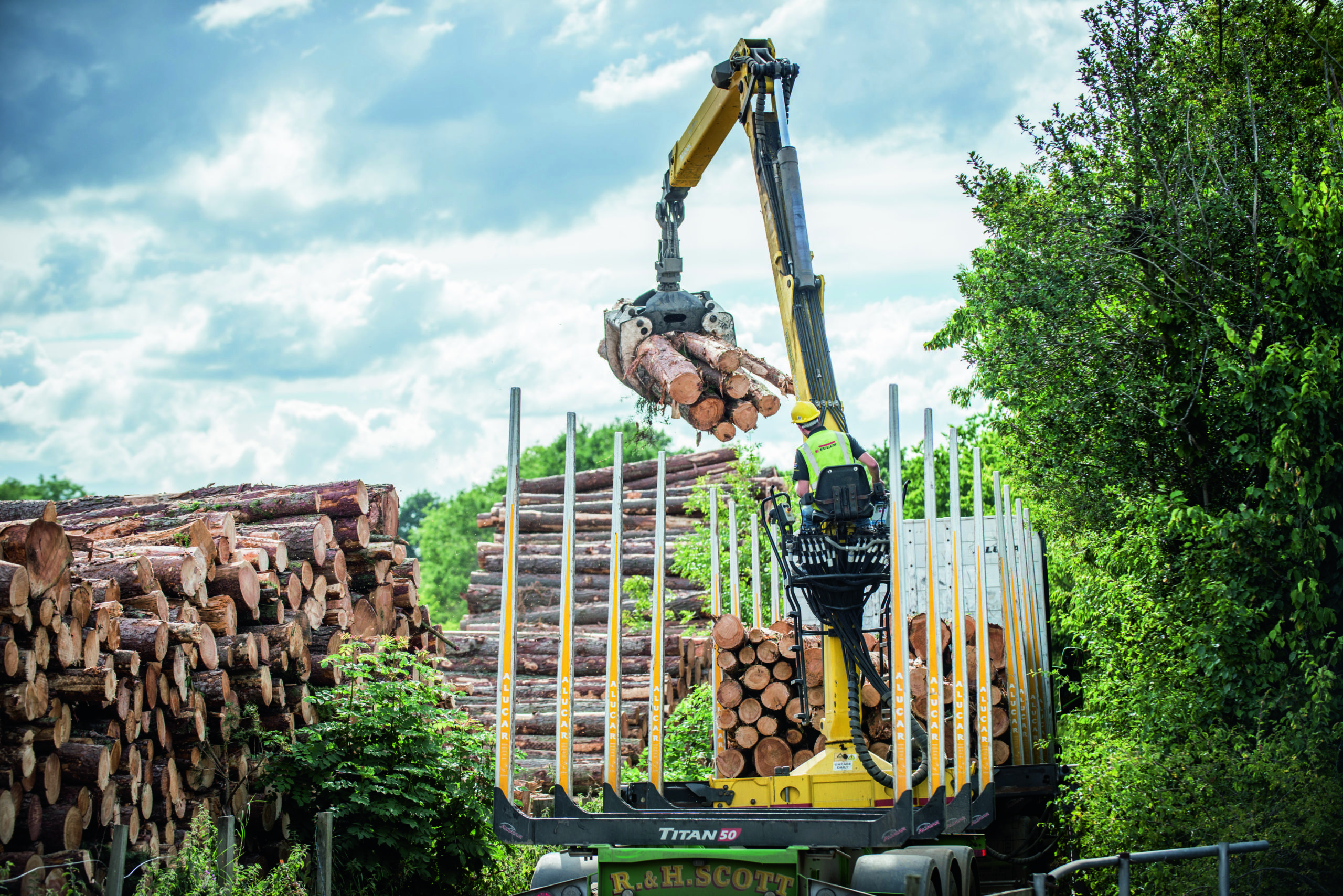
Scott Wolters, building products sales manager at Egger UK, explains why builders need to take a ‘whole life’ view of timber building products, as well as the activities of supply partners, to understand the potential impact on the environment, natural resources, and local communities.
As environmental, social and corporate governance (ESG) performance becomes increasingly important, housebuilders need to demonstrate a commitment to excellence in all these areas. Not only are more potential house-buyers looking for proven sustainability in new homes, but also investors are favouring businesses that are committed to ESG values.
Of course, one of the most important environmental considerations is the choice of building products. Selecting renewable materials and maximising the use of products manufactured from recycled and recyclable materials is essential, as is looking carefully at the embodied carbon. This is the emissions associated with a product’s lifecycle, from the harvesting of raw materials to the installation on a development, as well as the disposal at the end of the product’s lifespan. Therefore, it is important to look carefully at the chosen supplier and its operations to ensure the environmental impact has been minimised at every stage.
Firstly, while it may sound simple, the choice of material used is fundamental. Timber is now widely viewed as a sustainable option for many applications and an alternative to other more carbon-intensive materials.
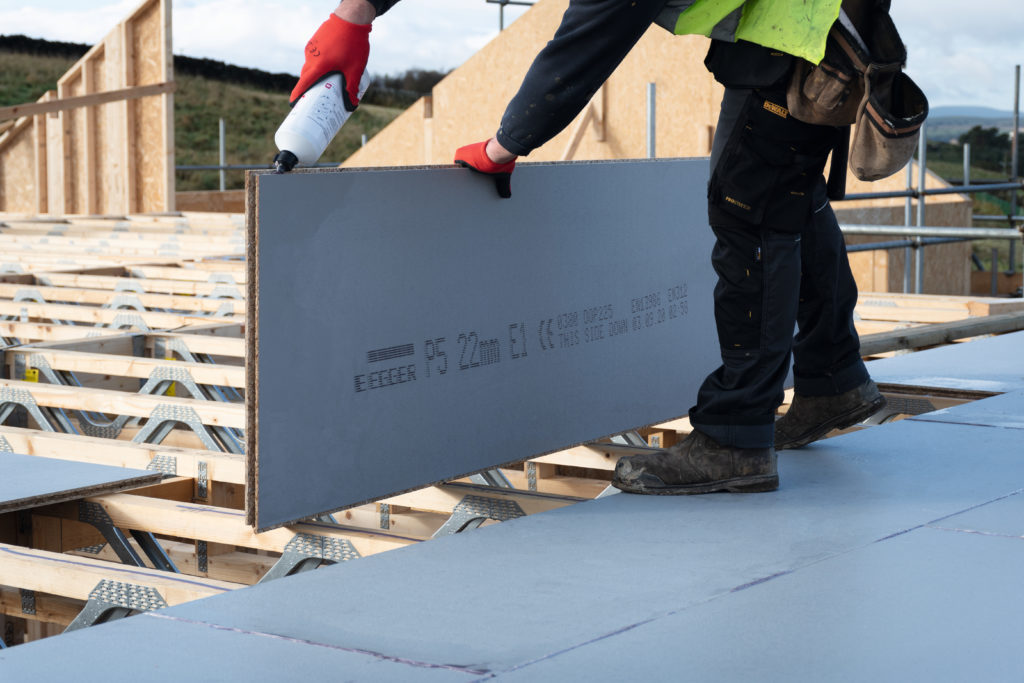 This is primarily due to the renewable nature of timber, trees can be replanted and regrown in a relatively short time, and they absorb and sequester atmospheric carbon as they grow. For example, a cubic metre of spruce wood sequesters around 825kg of CO2 and a cubic metre of OSB boards lock in 931kg of CO2. However, these environmental benefits are dependent on how the timber is managed and used throughout its lifecycle, including how the timber is sourced.
This is primarily due to the renewable nature of timber, trees can be replanted and regrown in a relatively short time, and they absorb and sequester atmospheric carbon as they grow. For example, a cubic metre of spruce wood sequesters around 825kg of CO2 and a cubic metre of OSB boards lock in 931kg of CO2. However, these environmental benefits are dependent on how the timber is managed and used throughout its lifecycle, including how the timber is sourced.
Irresponsible harvesting of forests causes a serious environmental impact through deforestation and the destruction of habitat. On the other hand, sustainably managed forests operate in a way that maintains the health, productivity and biodiversity of the forest, with no impact on other ecosystems. As such, when selecting timber-based products, such as structural flooring or OSB, for walls and roof decks, it is important to ensure the wood is obtained from sustainable sources.
Certifications from organisations such as the Forest Stewardship Council (FSC) and the Programme for the Endorsement of Forest Certification (PEFC) demonstrate that the timber used has been grown and managed sustainably.
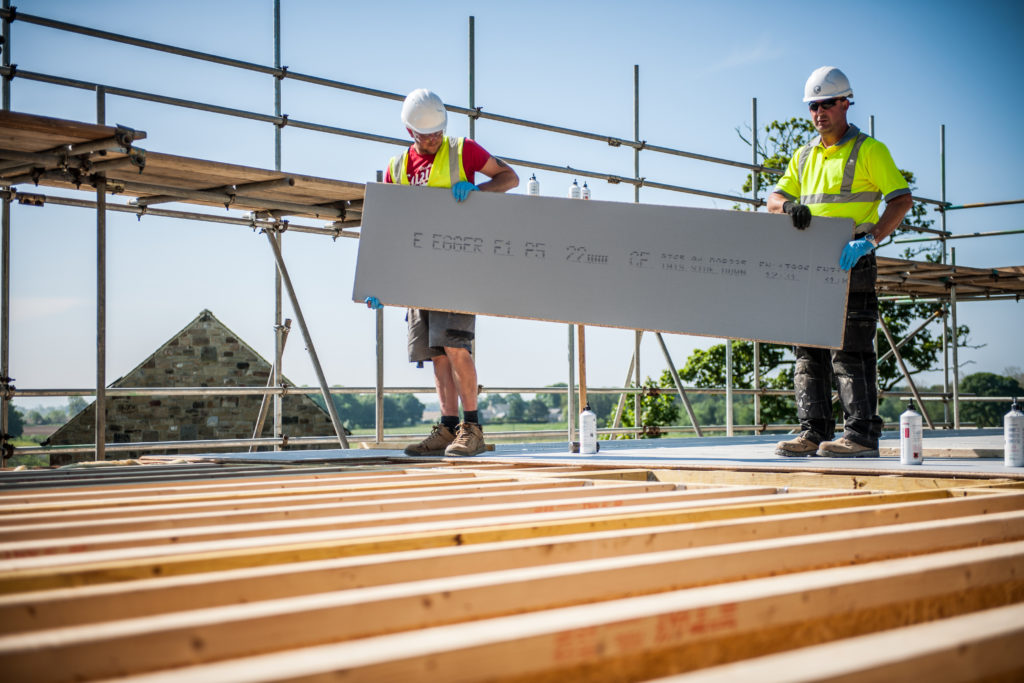 However, while this is an essential consideration, it is only a starting point and there are other factors that need to be considered to ensure the most sustainable products are specified. For example, products manufactured in the UK from locally grown sustainably managed timber can help minimise the carbon emissions associated with transportation.
However, while this is an essential consideration, it is only a starting point and there are other factors that need to be considered to ensure the most sustainable products are specified. For example, products manufactured in the UK from locally grown sustainably managed timber can help minimise the carbon emissions associated with transportation.
In addition, it is possible to choose timber structural flooring that contains recycled wood. This can include post-consumer scrap wood, industrial waste and sawmill by-products, such as hackchips and saw dust. From a sustainability perspective, this not only diverts waste away from landfill but also continues the carbon storage.
The longer a wood product remains in use, the greater the environmental benefit. What is more, recycling wood fibre into a new form keeps the absorbed carbon out of the atmosphere and has a positive impact for the environment.
Energy is another key factor when evaluating the environmental impact of a building product. By using renewable or biomass generation in production, suppliers can reduce the carbon footprint of their products. In particular, wood-based material manufacturers can utilise timber waste materials from the production line as a sustainable alternative to fossil fuel energy. This biomass is viewed as a carbon-neutral fuel as the carbon released when it is burnt to produce energy is the same amount absorbed during growth.
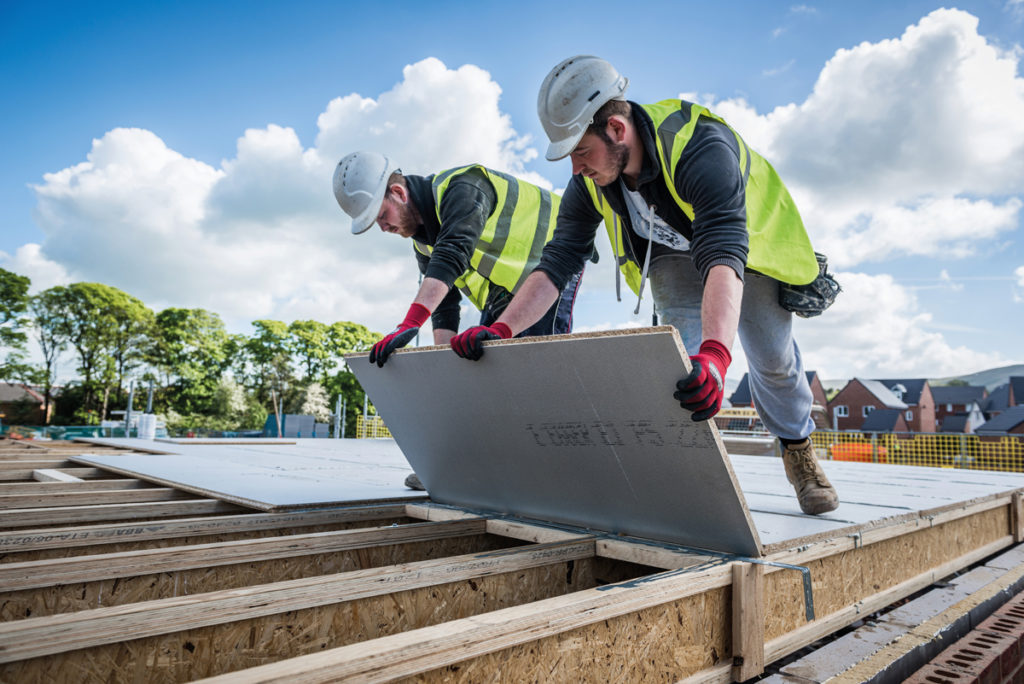 While the environmental credentials of materials and the sustainability commitments made by suppliers are important, the ‘social’ element of ESG should also be a consideration. It is important for housebuilders to look at the values and policies of suppliers to ensure they align with their own ESG principles. For example, at the most basic level, every business should be able to demonstrate a commitment to health and safety excellence and ‘safe home every day’ policies.
While the environmental credentials of materials and the sustainability commitments made by suppliers are important, the ‘social’ element of ESG should also be a consideration. It is important for housebuilders to look at the values and policies of suppliers to ensure they align with their own ESG principles. For example, at the most basic level, every business should be able to demonstrate a commitment to health and safety excellence and ‘safe home every day’ policies.
Social value in the supply chain can be created through working with businesses that invest in recruitment, apprenticeships and training to upskill employees and close the industry’s skills gap. Another way is to partner with suppliers who are committed to community support and working with local and national charities, as well as supporting employees in their own fundraising activities.
Want to know more?
For further details, go to www.rdr.link/dao005








